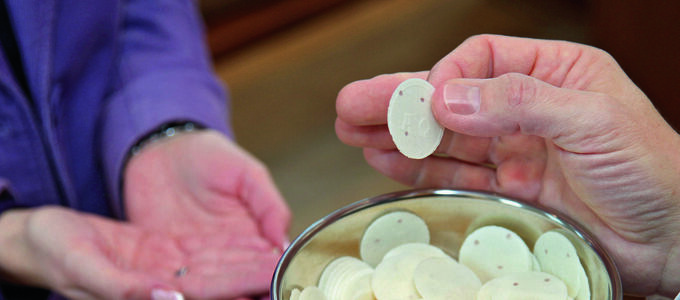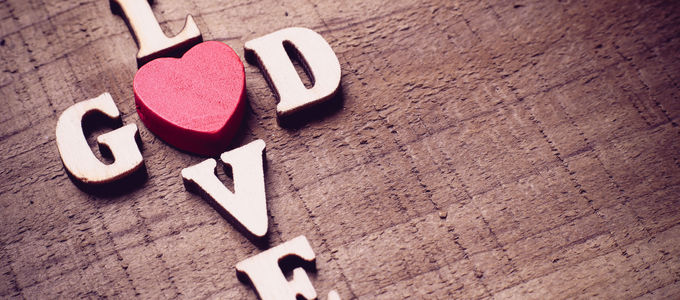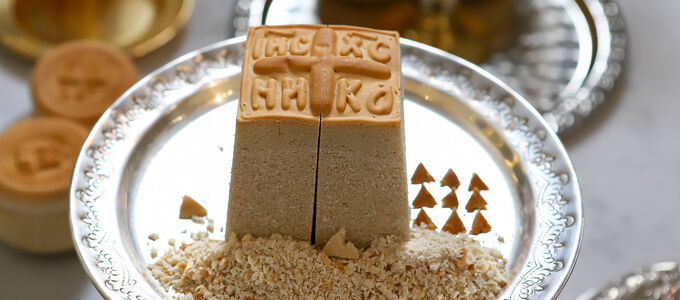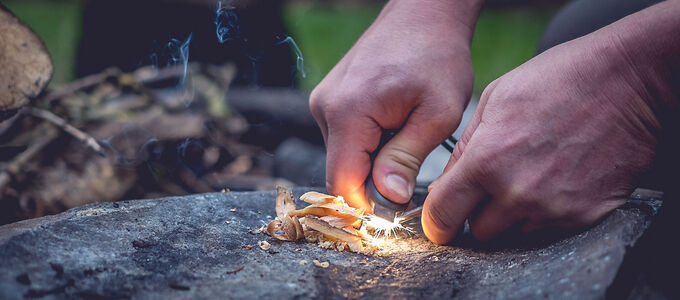
Communion during COVID: it would be a non-starter if we all shared the same wine chalice. So how can the sacrament nevertheless be celebrated “under both species”—that is, with both bread and wine? For an answer, we turn to history—namely that of the New Apostolic Church!
The chatter was everywhere: the German Press Agency and the Evangelical Press Service—along with dozens of other digital and analogue media—reported on a “flash of inspiration” in the second half of 2020. The news even made it into the Ärztezeitung (Journal of Medicine) and katholisch.de, the internet portal of the Catholic Church in Germany.
The problem: the pandemic had made it difficult for the Protestant community to celebrate the Lord’s Supper. After all, given the prevailing situation it would have been irresponsible for a large number of participants to drink wine from the same chalice, one after the other. The solution was provided by a wafer bakery in Neuendettelsau in Bavaria (Germany): semi-dry white wine was used to replace a quarter of the water used to make the wafer dough. “Wine and bread in one!” came the glad tidings. But the idea was not as new as it seemed…
It was from the pioneers of the combination wafer that the Lutheran congregation of Brück in the German state of Brandenburg sought support in May 2020. A confirmation service without the short walk to the Lord’s table would have been inconceivable. And so there was a “wine-injected wafer for a COVID-safe celebration of the Lord’s Supper under both species,” as one blog post reported. And the special wafers had been made available by the local New Apostolic congregation. After all, wafers sprinkled with three drops of wine have a long tradition there.
Two problems…
Up until 6 April 1917, it had also been customary in the New Apostolic Church to receive the bread in the form of a wafer and to sip the wine out of a common chalice when celebrating Holy Communion. But the fear of epidemics had made hygiene an issue. Many a churchgoer was reluctant to touch the rim of the cup and take a sip in those days.
Beyond that, there was barely enough wine to go around in the First World War. “Already before that, we had been watering down the wine by half, and even that wouldn’t have been enough to make ends meet,” explained Chief Apostle Hermann Niehaus at the time.
…and three potential solutions
The Church’s central magazine, the New Apostolic Review, floated three potential solutions in its edition of March 25, 1917.
- Personal chalices for each individual as used in some Protestant regional churches. The problem: differences in class would have been obvious if some had fancier vessels than others, which would have tarnished the communal celebration.
- Using little tongs to dip the wafers into the wine and then handing them to the participants, as was done in the parishes in the Netherlands. The problem: the wet wafers would stick to participants’ hands—which wasn’t much more hygienic either.
- Wafers drizzled with wine, with which the soldiers serving in the First World War had already been supplied since 1914.
The answer was: “The war has taught us many things.”
Commitment in the pandemic
Chief Apostle Niehaus introduced the combination wafer in April 1917, at first only in his own working area as an Apostle. This form of communion celebration only became binding for the New Apostolic Church as a whole by resolution of the first Apostles’ College in July 1919, after the First World War.
At that time, the world was still caught between the second and third waves of the so-called Spanish Flu, right in the midst of the most terrible pandemic of the twentieth century. An unusually aggressive variant of the influenza virus infected nearly one in every three people all around the world, and killed at least 50 million people.














